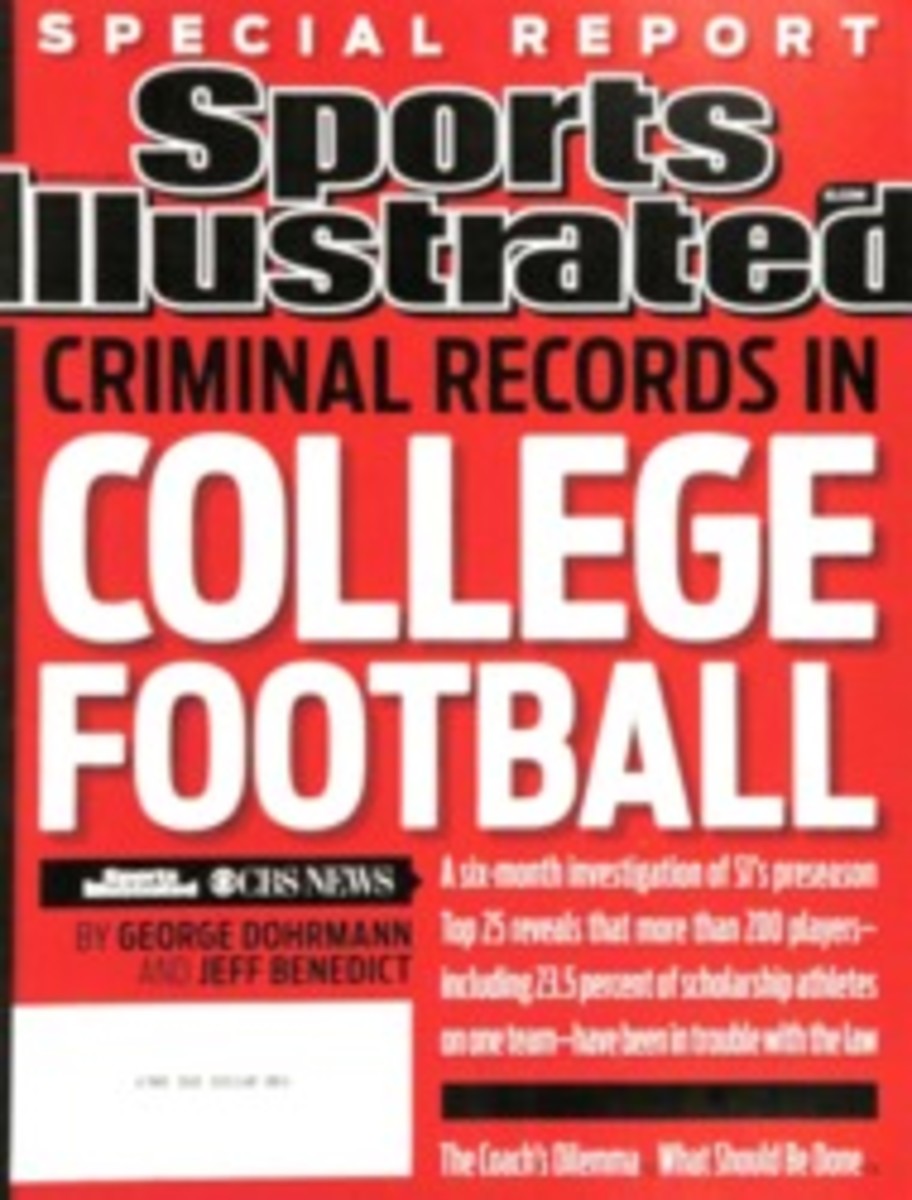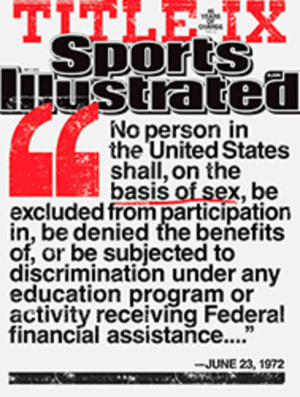
NBA's Future: Star-crossed
Why has the NBA suddenly become so entertaining? Because it is so deeply flawed. Television ratings are up by double digits ... one season after the league reported $370 million in losses. Eight highly talented contenders are racing for the championship ... even as the league claims that three quarters of its franchises are swimming in red ink. This most provocative year of player movement—culminating in last week's flurry of deals at the trade deadline—is about to give way to a self-immolating lockout that promises to reinvent every aspect of NBA business.
"The game is in great shape," declared commissioner David Stern on All-Star weekend. "It's never been better." But he was making narrow reference to the universal fascination with the comings and goings of the players, whether from basket to basket or franchise to franchise. Stern then spent the worst part of an hour explaining why he and the owners may find it necessary to sacrifice next season to a work stoppage. "We want a sustainable business model that enables 30 teams to be able to compete for a championship," he said.
All of it—the NBA's successes and its flaws—boils down to one divisive topic: the movement of star players. The league's biggest names are being hoarded by the wealthiest franchises at a rate that is exhilarating to fans and alarming to the owners who can't hold onto them. The Nuggets spent seven months trying to persuade All-Star forward Carmelo Anthony to accept a three-year, $65 million extension before surrendering him in a three-team, 13-player trade to the Knicks on Feb. 21. The rival Nets, having failed in their pursuit of Anthony, took aim at Jazz point guard Deron Williams, who had neither asked for a trade nor indicated a longing to leave Utah as a free agent in 2012. But the Jazz had seen the destruction wrought by Anthony's trade demands as well as by the abrupt departures last summer of LeBron James and Chris Bosh and so, without public warning, Utah yielded its franchise star to the Nets for rookie Derrick Favors, point guard Devin Harris, two draft picks and $3 million.
No team is immune to the threat of free agency, as Boston showed by dealing the expiring contract of cornerstone 6'10" center Kendrick Perkins to the Thunder in a deadline shocker on Feb. 24. But the East-leading Celtics made that move from a position of strength: Not only did they receive 6' 9" combo forward Jeff Green and 7-foot center Nenad Krstic from Oklahoma City, but they were also optimistic that they would replenish their front line with 6' 11" Troy Murphy and a couple of other potential buyout candidates. The trade was based on the certainty that the NBA table is slanted to slide players toward such big-market contenders as Boston.
National audiences have made it clear they enjoy watching the league's have-not franchises feed talent to the haves. While the NFL thrives on parity, the NBA is marketed around a limited group of individual stars. Fans loved the NBA in the 1980s, when the deeply stocked Lakers, Celtics and 76ers dominated, and they loved it in the '90s, when they could count on seeing Michael Jordan in the Finals year after year. Now Miami has three of the biggest young stars ready to challenge the Celtics' future Hall of Famers and the two-time champion Lakers, with their league-leading payroll; meanwhile, the deep-rostered Spurs, Mavericks, Bulls, Magic and Thunder are all in pursuit. The postseason is going to be spectacular.
The union has no grounds to gripe about rollbacks in player compensation, given that the average NBA salary is more than $5 million. But the players have a rare chance to win the battle for public opinion by portraying themselves as caretakers of the current system while accusing the owners of trying to ruin a hierarchy that fans are standing to applaud. The union claims that enhanced revenue sharing can fix most of the financial difficulties faced by small markets. But Stern isn't buying it. "You can't revenue-share your way to a profit as a league," he says.
The majority of his owners have demanded that Stern come up with a model that escalates the value of all 30 franchises. Why should anyone buy the Grizzlies or the Hornets (currently held in ownership by the NBA) when neither team can make a profit, much less compete with the championship payrolls of the Lakers and the Celtics? The owners are seeking a hard salary cap that would prevent the big- spending teams from investing in an extra star or two at the cost of a luxury-tax penalty; in the future, budgets will be tighter, and talent may be scarcer.
The owners insist that the current model is unsustainable, and, face it, they'll have the final say because they can hold out longer in a lockout than the players can. So spend the last four months of this collective bargaining agreement in celebration of the rivalries, the abundance of must-see games and the ongoing speculation over Chris Paul's ultimate free-agent destination. Because we may never see an NBA season like this one again.
Now on SI.com
For more pro hoops coverage, including Ian Thomsen's Inside the NBA, go to SI.com/nba
A year of provocative player movement is about to give way to A SELF-IMMOLATING LOCKOUT.
ILLUSTRATION
ILLUSTRATION BY DARROW

